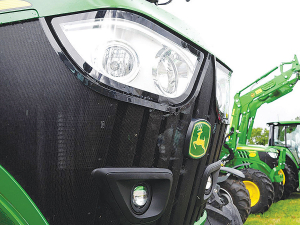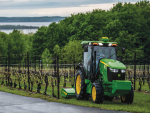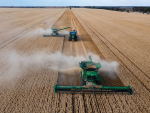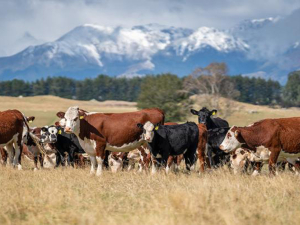As a long-term advocate of digital technology, John Deere has taken the route of mass data capture, rather than concentrating on direct driver aids – such as TIM (tractor implement management).
With most drivers typically preferring the latter, there might be some change of heart in the dark green camp. JD recently announced that it will open up its Auto- Trac self-steering system to all TIM systems certified by the Agricultural Engineers Foundation (AEF). John Deere is moving rapidly away from isolation towards full digital integration with other manufacturers.
Farmers and contractors running multi-brand tractor fleets can now use AutoTrac TIM activation for the Gen4 Universal Displays. This means that the guidance system can be used on all tractors with TIM guidance capability, irrespective of the manufacturer.
The new AutoTrac TIM is a complementary system that is fully integrated with these other products, the key benefit being that no further steering wheel or controller components are needed.
This is claimed to be a simple solution for farmers and contractors with mixed fleets who want to use a universal guidance system. However, to run AutoTrac TIM they will need the AEF-certified Gen4 Universal Display (4240 or 4640) with AutoTrac activation and a StarFireTM 6000 or 7000 receiver. Details on machine compatibility to fit John Deere AutoTrac TIM can be found on the AEF database.
In the past, John Deere has expressed a desire to use its own digital architecture in a bid to keep customers locked into buying green. The company now claims that by allowing the integration of other systems with its own, shows that an openness to other manufacturers plays an important role in the application of digital technology. The move might also suggest that JD has realised that trying to maintain a closed shop is counter-productive, while a universal system is far more likely to gain acceptance within day-today farming and encourage greater acceptance of digital technology.



















